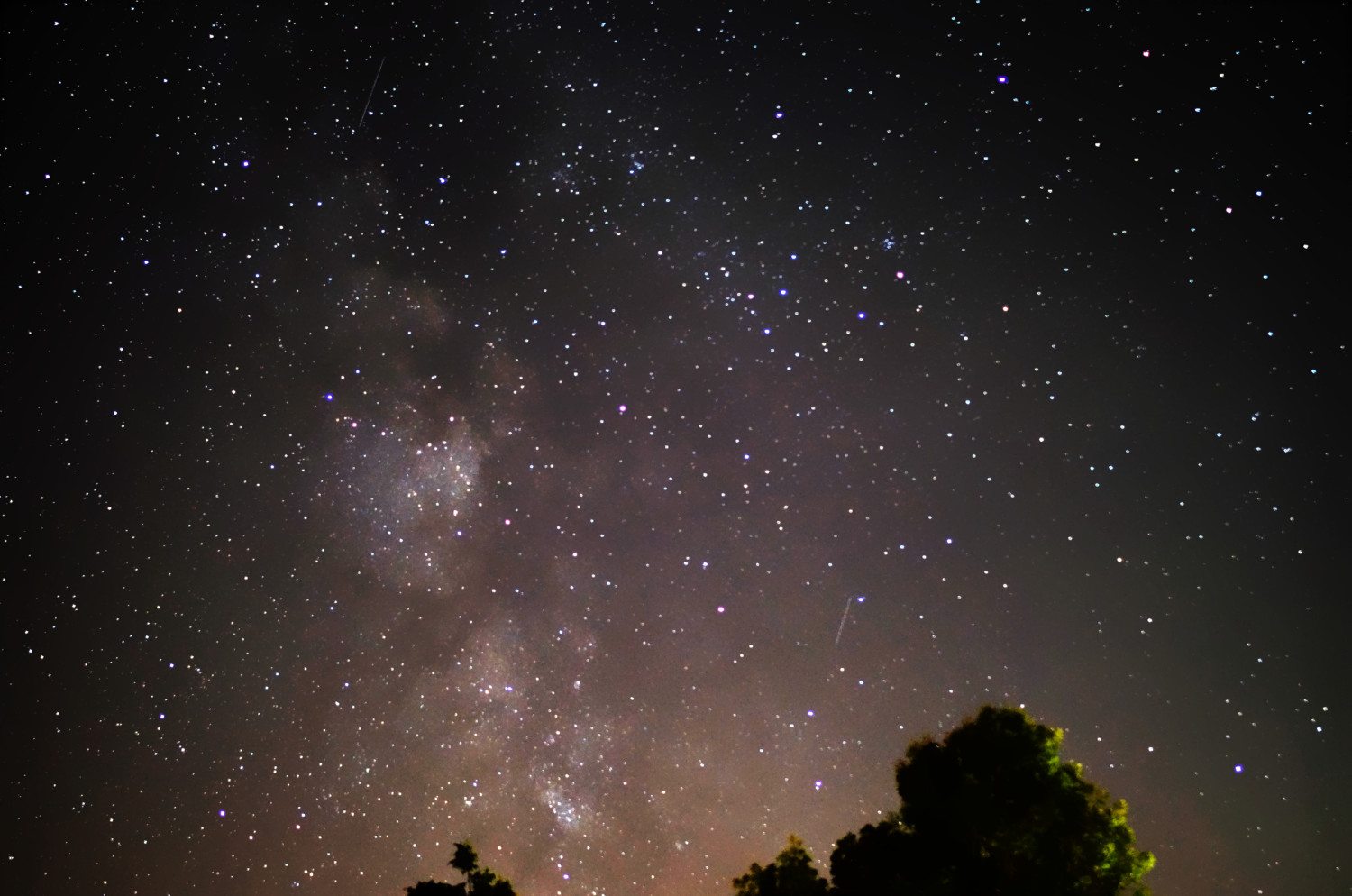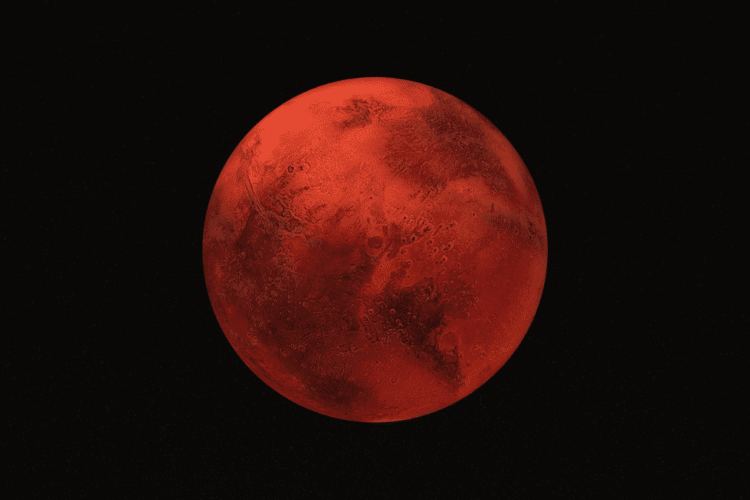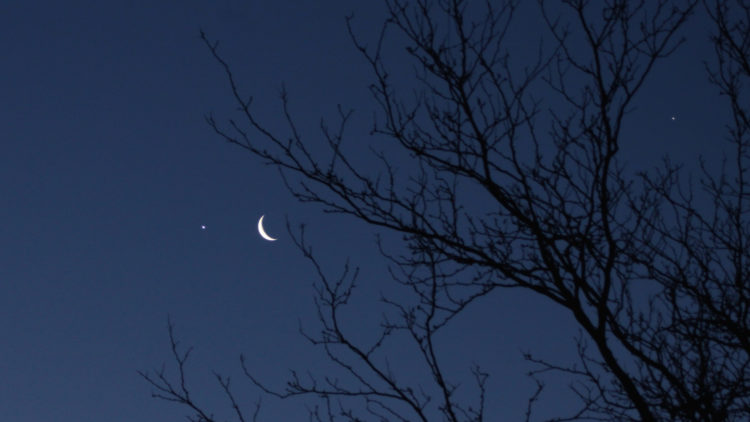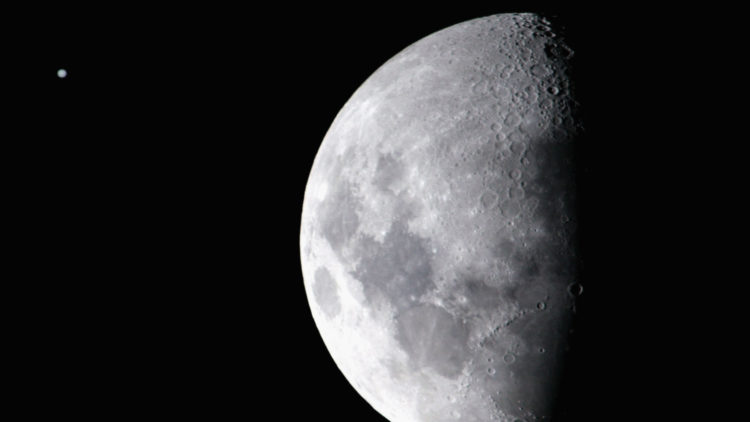The Humanity Star: How to spot this man-made object in the sky
Some celestial phenomena only come around once in a lifetime. For example, January’s super blue blood moon, which brought together a supermoon, a blood moon and a lunar eclipse—or last summer’s epic solar eclipse. But if you don’t like waiting around for the skies to produce an awesome show at a specific moment, the Humanity Star is for you!
Rocket Lab, an American startup that aims to make space accessible for business, launched the Humanity Star, a shiny sphere, into orbit for the sole purpose of giving everyone something to look at in the sky. And the carbon fiber geodesic sphere is very cool to gaze upon!
https://www.instagram.com/p/BeUfZVbHh-m/?taken-by=humanitystar
Star Bright
The best part about the Humanity Star? You don’t even need any special equipment to view it. The satellite, which has a diameter of 3 feet, is visible to the naked eye.
The Humanity Star launched Jan. 21 and will circle the globe every 90 minutes for the next nine months, according to its official website. Though the sphere doesn’t emit any light of its own, it reflects the sun’s rays from one of 65 shiny panels on its surface. As a result the best times to see it are at dusk and dawn. When the sun dips below the horizon, it illuminates the sphere against the dark sky.
https://www.instagram.com/p/BfHPYv5nyCz/?taken-by=humanitystar
Before you go staring at the sky, you can track the Humanity Star’s path on its website. Rocket Lab CEO Peter Beck hopes everyone who catches a glimpse of the Humanity Star will “gain a new sense of global unity and cosmic wonder.”
“My hope is that everyone looking up at the Humanity Star will look past it to the expanse of the universe, feel a connection to our place in it and think a little differently about their lives, actions and what is important,” Beck shared on the Humanity Star website.
https://twitter.com/TheHumanityStar/status/956241488714784769
While Rocket Lab says this new satellite will be “the brightest thing in the night sky,” not everyone is so enamored. Some astronomers have slammed it as “space graffiti.”
Wow. Intentionally bright long-term space graffiti. Thanks a lot, @RocketLab. https://t.co/jvYBvQGyW3
— MikeBrown@mastodon.online (@plutokiller) January 24, 2018
Similarly, others say it’s nothing more than light pollution.
https://twitter.com/BearBurnell/status/956815173175664641
Have you seen the Humanity Star? Do you think it’s a good way to bring people around the world together or just a piece of “space graffiti?”






